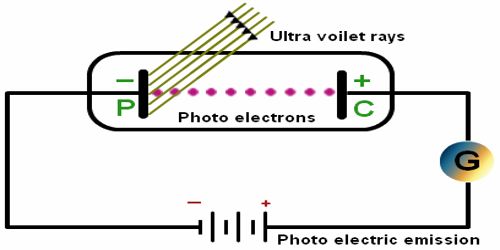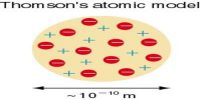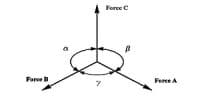Characteristics of Photo Electric Effect
The photoelectric effect refers to the emission, or ejection, of electrons from the surface of, generally, a metal in response to incident light. When the light of appropriate frequency or wavelength is incident on a metal, then electrons are emitted from that metal. This process of emission of electrons is called photoelectric emission and the effect is called photoelectric effect.
The following characteristics are there for photoelectric effect.
(1) The photoelectric effect starts as soon as the light is incident on the metal and stops instantaneously with the stoppage of incidence at light i.e., it is an instantaneous effect.
(2) For the emission of electrons from each metal, there is a minimum frequency of the incident light which is called the threshold frequency.
(3) Different metals have different threshold frequency.
(4) The velocity of photoelectrons can be within a fixed highest value.
(5) The maximum velocity of photoelectrons is directly proportional to the frequency of the incident rays.
(6) The rate of emission of photoelectrons is directly proportional to the intensity of the incident light.
















